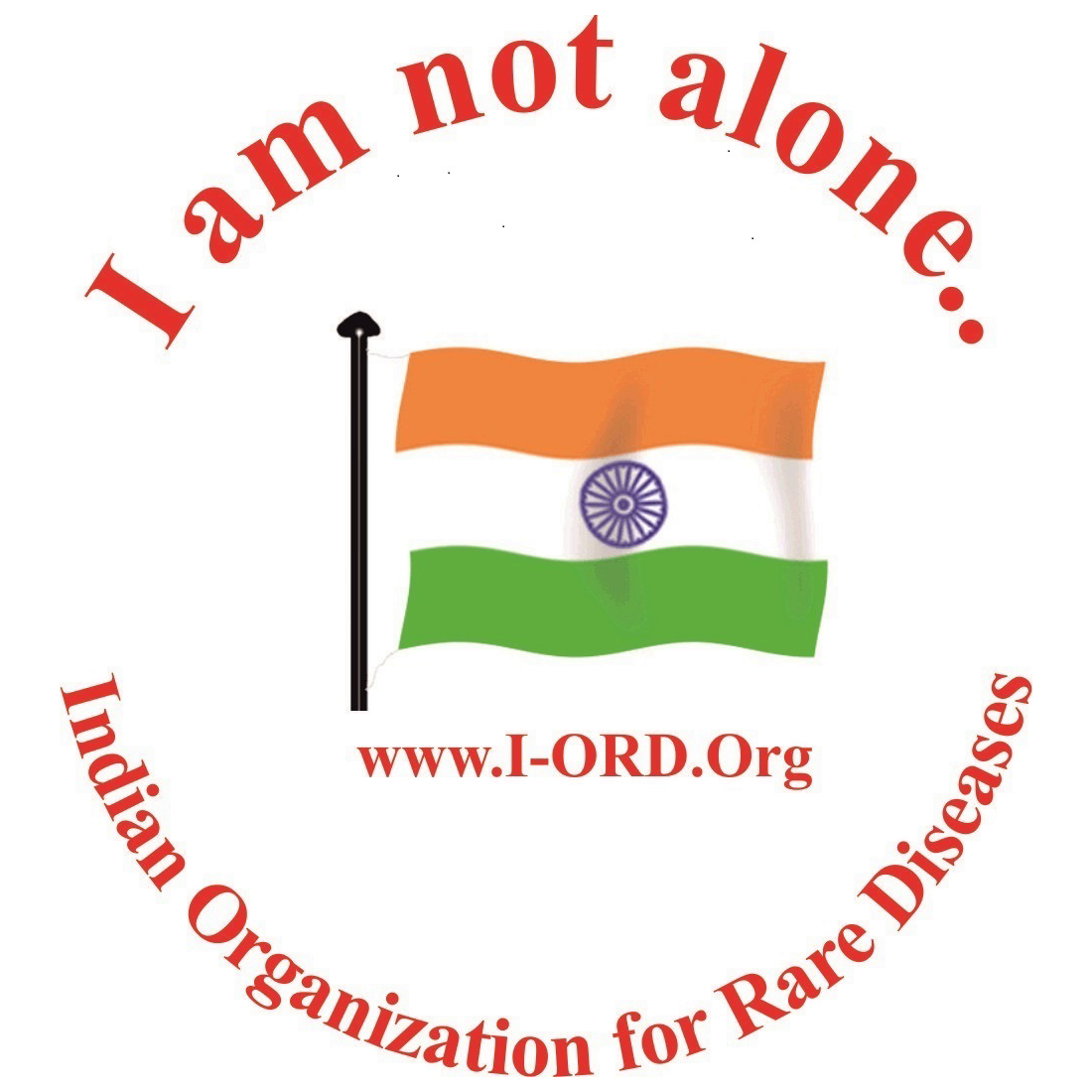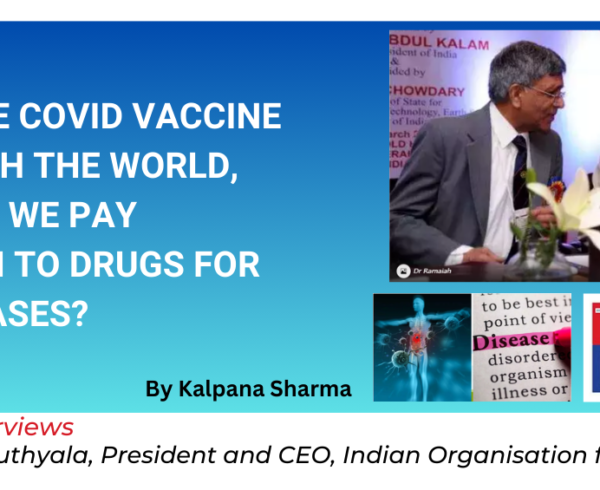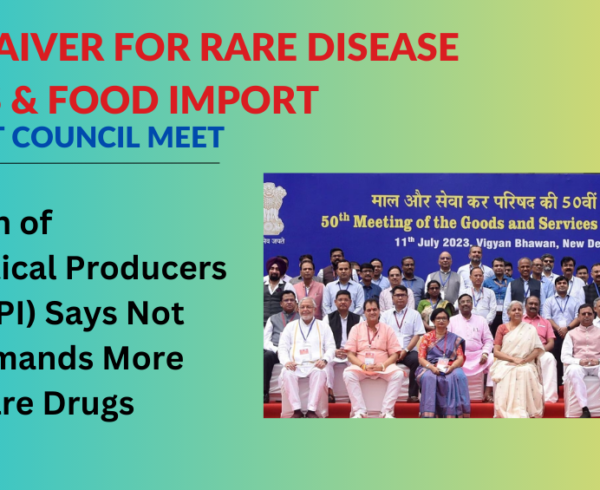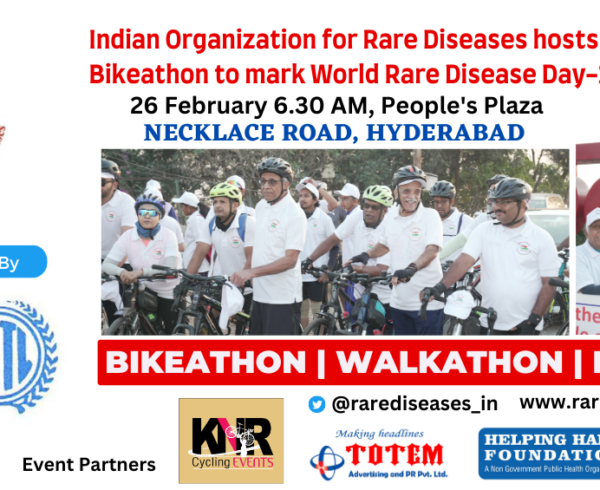In what can be termed as a promising development for the rare disease community, a pilot study of rare undiagnosed diseases has shown that the Whole Genome Sequencing improves diagnosis by 25%.
In this pilot study, the researchers from the University of Exeter, Genomics England and Queen Mary University of London pooled genes of 4,660 people from 2,183 families taken from the NHS database and analysed their genes using the Whole Genome Sequencing (WGS) method.
The analysis established that using Whole Genome Sequencing increased new diagnoses for rare diseases in 25 per cent of the participants that would otherwise be missed by other conventional methods.
This is a crucial finding as the researchers proved that increasing diagnosis of rare diseases saved the scarce resources of NHS.
The study had positive implications for the Rare Disease patient-participants as diagnosis of their conditions through Whole Genome Sequencing ensured they received focussed clinical care that improved their health conditions and saved their financial resources from wastage.
In particular, the Whole Genome Sequencing confirmed the most rare disease conditions in those affected by intellectual disability, vision and hearing disorders.
Dr Baple, Rare Disease Medical Lead for the South West Genomic Laboratory Hub, is quoted saying: “We are now reaping the benefits of this approach in the new Genomic Medicine Service, with Whole Genome Sequencing now embedded as a diagnostic test for patients affected by rare disease in England”.
Known to be the first pilot study the clinical impact of Whole Genome Sequencing for a range of rare diseases within the NHS healthcare system, Professor Dame Sue Hill, Chief Scientific Officer for England and Senior Responsible Officer (SRO) for NHS Genomics, expressed hope it may pave the way for finding effective treatments for rare diseases.
He is quoted as saying: “This pilot study can fundamentally change how we think about disease, lead to faster, more comprehensive and accurate diagnoses, provide the missing pieces for families who have a loved one living with a rare disease and pave the way for more tailored and effective treatments for patients.”






